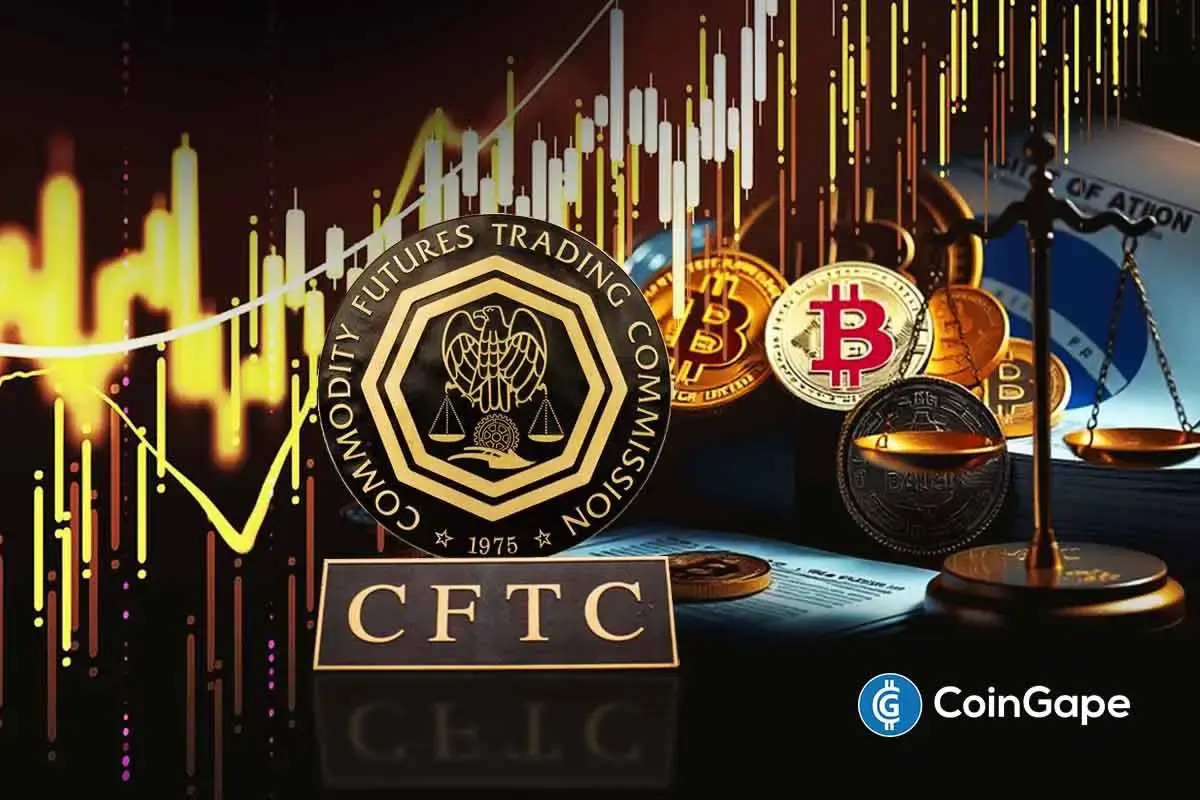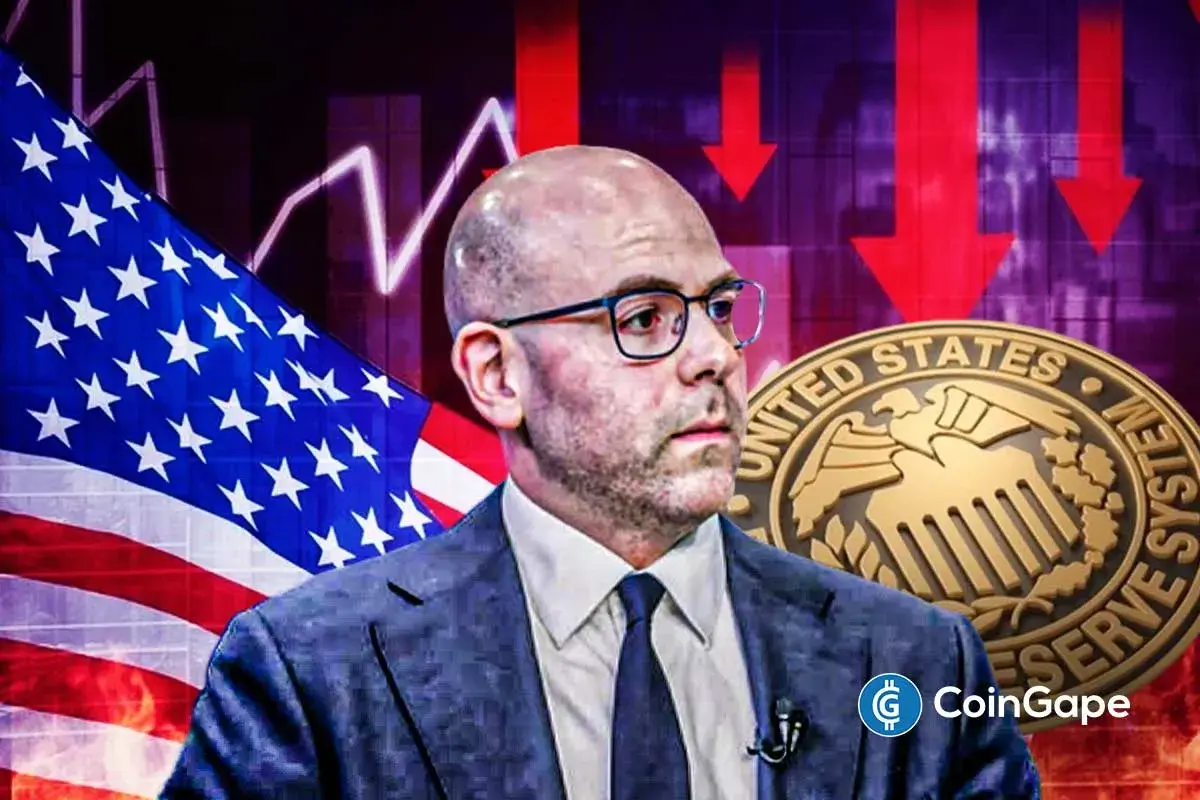US GDP Weighs On Federal Reserve’s September Rate Cut Bets, What’s Next?

Highlights
- US GDP growth of 2.8% surprises markets, potentially impacting the Fed's decision.
- Strong economic data may lead to a stricter policy stance from the Federal Reserve.
- Market expectations for the September rate cut dropped to 85% after the GDP release.
The recent US GDP data has cast a shadow on the Federal Reserve’s anticipated rate cut in September. With the Gross Domestic Product rising to 2.8% in Q2 from 1.4% in Q1, market sentiments appear to be shifting. This unexpected economic resilience has led to a reconsideration of the central bank’s policy direction while dampening the market hopes.
US GDP Data Weighs On Market Sentiment
The latest US GDP figures have surprised many, showing a robust 2.8% growth in the second quarter. The data came in significantly higher than the 1.4% growth seen in the previous quarter and market expectations of 2%.
Meanwhile, this indicates that the US economy is withstanding the pressure of higher interest rates better than anticipated. Having said that, such resilience may prompt the Federal Reserve to maintain its strict policy stance longer than expected.
This sentiment is echoed in the markets. As Fox Business’ senior correspondent Charles Gasparino highlighted, it’s challenging to justify a rate cut in September with such strong GDP data unless there are other influencing factors, like US political considerations or adherence to forward guidance.
This perspective underscores the complexity of the Federal Reserve’s decision-making process amid fluctuating economic indicators.
Also Read: Galaxy Digital Raises $113 Million For Crypto CV Fund, Targets $150M
What’s Next?
The CME FedWatch Tool, a crucial barometer for gauging market expectations regarding Federal Reserve policy, has shown a shift in investor sentiment. Before the US GDP data release, there was over a 90% probability of a rate cut in September.
However, this probability has now dropped to around 85%, reflecting the growing uncertainty among investors about the Fed’s next move. In other words, investors are now more cautious, reassessing their strategies in light of the strong economic performance.
Meanwhile, the central bank’s primary mandate is to manage inflation and employment, and with the economy showing resilience, there might be less urgency to reduce rates. This could mean that the US Fed will adopt a wait-and-see approach, carefully monitoring upcoming economic data before making any significant policy shifts at the upcoming FOMC.
Also Read: Peter Schiff Cautions Bitcoin & Crypto Crash, July FOMC Meet To Turn Tide?
- Bitcoin Crash Risk Mounts As Peter Brandt Points to 80% Declines in Every Major Cycle
- Bitcoin Whale Doubles Down on BTC, ETH, SOL Short Positions, $243M at Stake
- IMF and El Salvador in Bitcoin Talks: Progress Made, Compliance Deadline Set
- Trump Media Invests $40M in Bitcoin as Incoming CFTC Chair Signals Crypto Clarity Act Push in January
- Aave DAO Saga Deepens as Alignment Proposal Moves to Snapshot; AAVE Price Down 7%
- Bitcoin Price Prediction As Michael Saylor Pauses BTC Purchase- Is A Fall to $74k Imminent?
- Aster launched Phase 5 Buyback Program Allocating 80% Fees. Will ASTER Price Rally?
- XRP Price Prediction: Rare Bullish Patterns Align With Powerful Catalysts
- Weekly Crypto Price Prediction: Bitcoin, Ethereum, and XRP as Market Momentum Builds
- Will Solana Price Hit $150 as Mangocueticals Partners With Cube Group on $100M SOL Treasury?
- SUI Price Forecast After Bitwise Filed for SUI ETF With U.S. SEC – Is $3 Next?

 Claim $500
Claim $500














